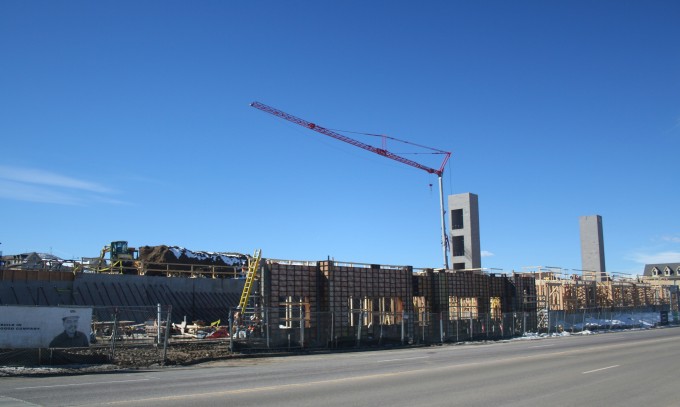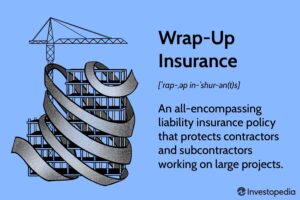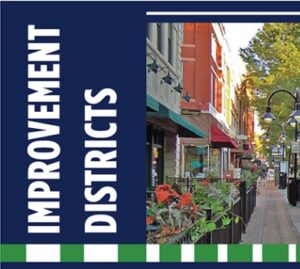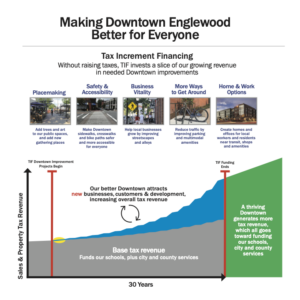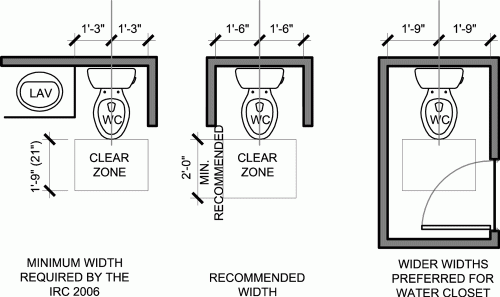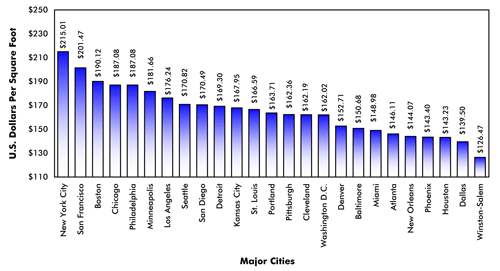The Rising Cost of Construction Insurance and Its Impact on Project Budgets
Construction insurance costs are rising sharply, impacting owners, developers, and general contractors. Increased premiums affect project feasibility, reduce profit margins, and, in some cases, delay or cancel developments. Understanding the factors driving these increases helps industry professionals adapt and manage risks effectively.
Why Construction Insurance Costs Are Rising
Insurance companies cite several reasons for the surge in premiums, including higher claim payouts, increased litigation, and rising material costs.
1. Escalating Material Costs
Construction materials have seen dramatic price increases, making insurance claims more expensive. Lumber, steel, and concrete costs remain volatile due to supply chain disruptions and inflation. Insurers adjust premiums to reflect these higher replacement costs.
Example: The National Association of Home Builders (NAHB) reported that lumber prices increased by more than 250% during the pandemic, impacting rebuilding and repair costs (NAHB, 2023).
2. Natural Disasters and Extreme Weather
Climate change is leading to more frequent and severe natural disasters. Hurricanes, wildfires, and floods cause billions in insured losses annually, forcing insurers to raise premiums—especially in high-risk areas.
Example: After Hurricane Ian in 2022, insurance rates in Florida surged by up to 50% for some contractors, significantly increasing project costs (Insurance Journal, 2023).
3. Skilled Labor Shortages and Safety Concerns
A shrinking labor force means many job sites rely on less-experienced workers. This increases construction defects, workplace injuries, and insurance claims.
Example: The Associated General Contractors of America (AGC) reported that 88% of contractors struggled to find skilled workers in 2023, leading to more workplace incidents (AGC, 2023).
4. Increased Litigation and Higher Legal Costs
Construction defect claims and worker injury lawsuits are rising. More aggressive legal action, combined with higher settlements, forces insurers to increase liability premiums.
Example: In New York, contractors face some of the nation’s highest construction liability insurance costs due to strict labor laws and increased litigation (New York Building Congress, 2023).
How Rising Insurance Costs Impact Owners, Developers, and General Contractors
Higher insurance premiums directly affect project financials in multiple ways:
- Increased Construction Bids: Contractors pass higher insurance costs to developers and owners, raising overall project expenses.
- Reduced Profit Margins: Developers and general contractors see profit shrink as insurance costs take a larger share of the budget.
- Project Delays or Cancellations: Some developments become financially unviable due to insurance costs, forcing owners to delay or abandon projects.
Example: A developer in California had to postpone a $100 million multi-family project when wildfire-related insurance premiums doubled within a year, making financing impossible (GlobeSt, 2023).
Strategies to Manage Rising Insurance Costs
Despite rising premiums, owners, developers, and general contractors can take steps to mitigate the financial burden.
1. Implement Stronger Risk Management
Developing comprehensive safety and risk management programs helps lower claims and improve insurability.
- Regular safety training reduces workplace injuries.
- Enhanced quality control minimizes construction defects.
- Investing in technology like wearable safety devices lowers risk exposure.
Case Study: A Denver-based contractor reduced workers’ compensation claims by 30% after implementing a predictive analytics safety program (Construction Executive, 2023).
2. Explore Alternative Insurance Models
Instead of relying solely on traditional insurance, consider alternative risk management solutions:
- Captive Insurance Programs: Large firms can create their own insurance subsidiaries to control premiums.
- Owner-Controlled Insurance Programs (OCIP): Developers can purchase a single policy covering all contractors on a project, reducing costs.
Example: A large commercial developer in Texas saved 15% on insurance costs by switching to an OCIP model (ENR, 2023).
3. Optimize Coverage and Deductibles
Working closely with brokers to assess coverage ensures companies are not over-insured or underinsured. Increasing deductibles can reduce premium costs without sacrificing essential coverage.
4. Adopt Safer and More Efficient Construction Methods
Construction methods like modular offsite building and prefabrication can lower insurance costs by reducing on-site risks.
Example: A developer in Seattle cut general liability insurance costs by 25% after shifting 60% of construction offsite using modular methods (Modular Building Institute, 2023).
Conclusion
The rising cost of construction insurance presents a significant challenge for owners, developers, and general contractors. Increased premiums impact budgets, squeeze profit margins, and threaten project viability. However, proactive risk management, alternative insurance strategies, and adopting safer building practices can help mitigate costs. Staying ahead of these trends ensures construction professionals can navigate the shifting insurance landscape while keeping projects financially sustainable.

